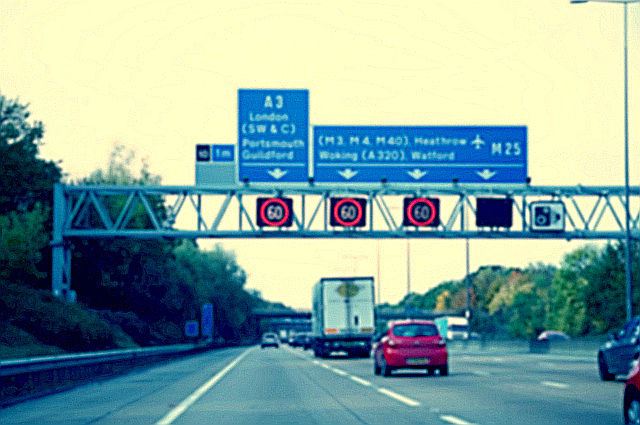What are Smart Motorways and how they work

Whatever you say about smart motorways, they are a necessary evil in getting us from A to B. On a bog-standard motorway in United Kingdom, the speed limit is 70 mph for cars and 60 mph for PCVs and HGVs. If one section of motorway is designated as a Smart Motorway, the speed limit varies from the default 60 or 70 miles per hour. Speed limits are adjusted in accordance to traffic flows. This is a process known as Active Traffic Management.
Through Active Traffic Management, a control centre monitors a given section of motorway. Closed-circuit television systems are used to analyse traffic flows and the speed is adjusted accordingly. On a busy road, the usual 60 or 70 would be 40 mph. Speeds can be adjusted to allow for weather conditions. As smart motorways use CCTV, each section has overhead gantries that also used to detail speed limits.
Another detail of smart motorways is the use of the hard shoulder as an additional lane. On some roads, there may be no hard shoulder in favour of an extra lane (sometimes with a layby it the motorist breaks down). They are known as Controlled Motorways. The hard shoulder could be an extra lane in the AM and/or PM peak hours. There is also all lane running on some motorways, where the hard shoulder is a permanent running lane. Some schemes permit all lane running through junctions.
The UK’s first smart motorway was the M42 which links the M6 and M6 Toll with the M40 and M5 motorways. Its conversion was completed in 2006. In our locality, the M20 between Junctions 4 and 7 (Birling to Eclipse Park, near Maidstone) was converted, using the Controlled Motorway method.
Managed Motorways or Smart Motorways?
The two terms mean the very same thing. Managed Motorways are the previous term for Smart Motorways. In Scotland, they are known as Intelligent Traffic Systems. Some drivers may refer to them in less complimentary terms (that we shall leave to your imagination).
Drive 4 Life Academy, 02 March 2017.